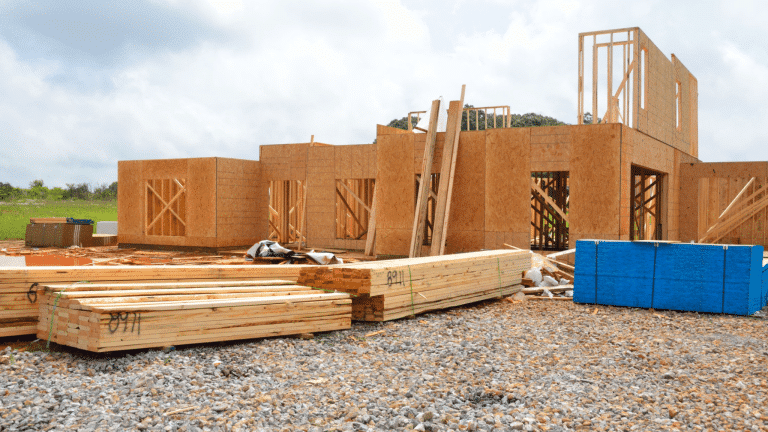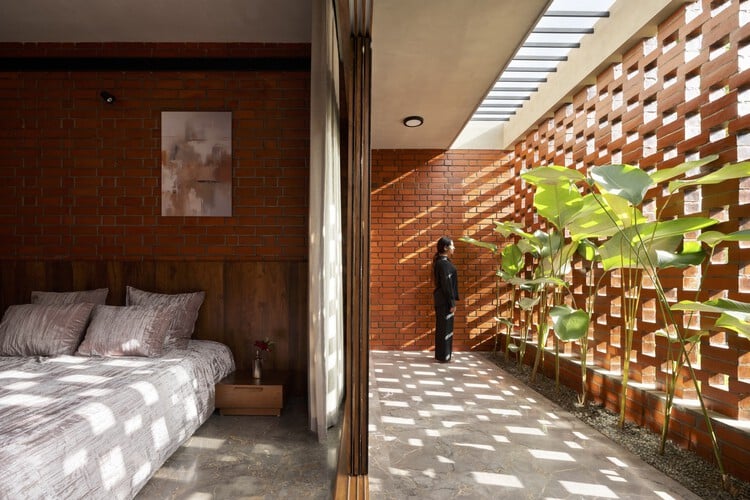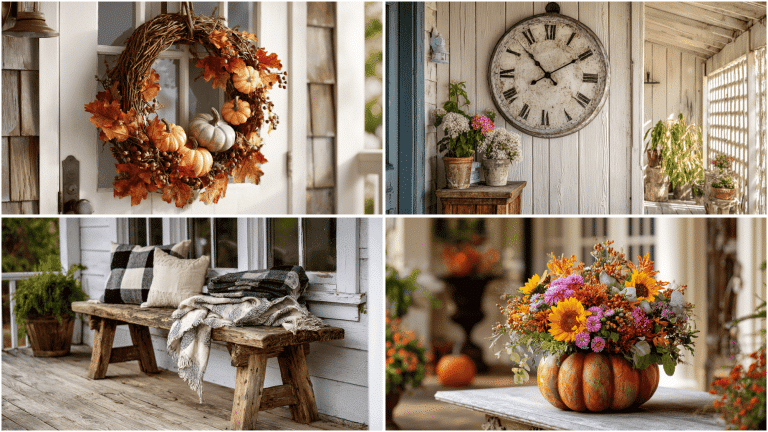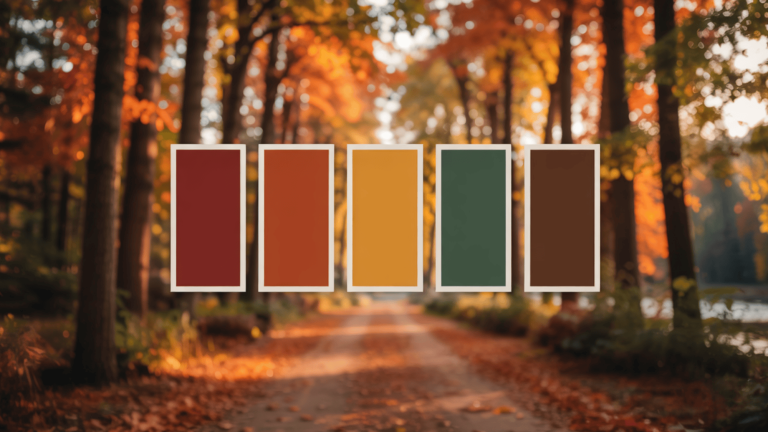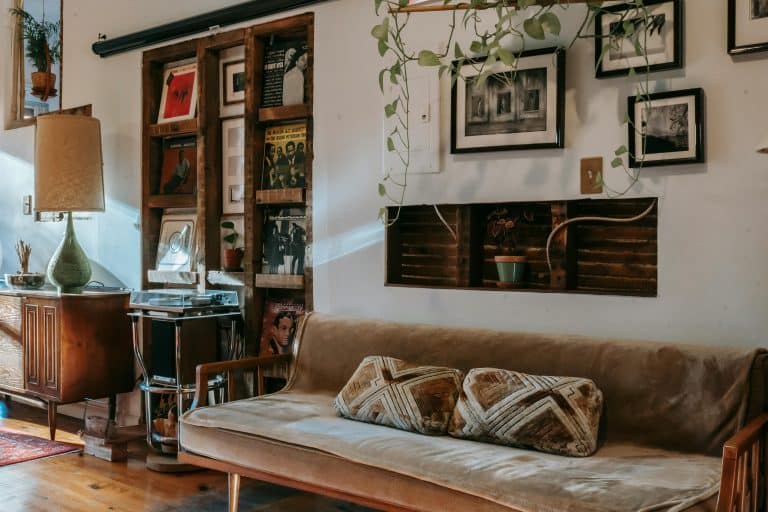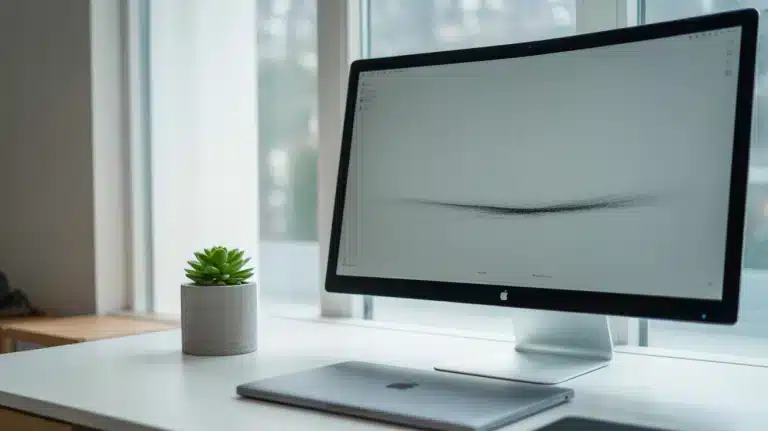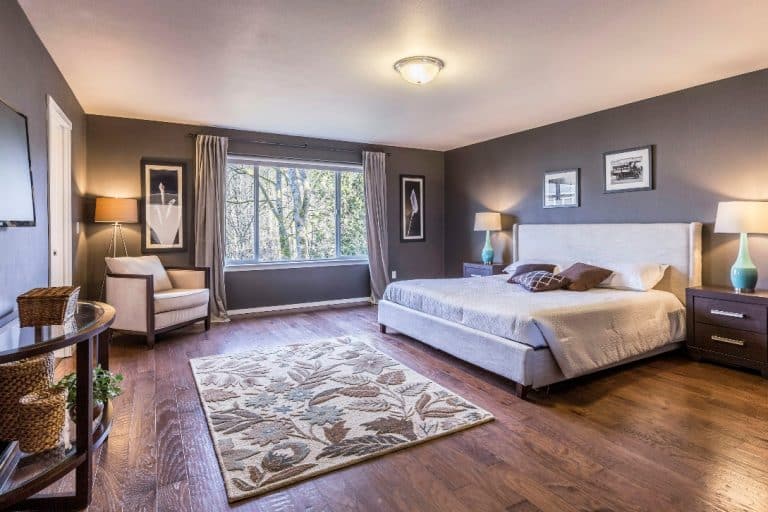Home design has undergone a remarkable transformation in recent years, propelled by integrating innovative materials that revolutionise how we think about living spaces. From cutting-edge materials that offer greater sustainability and energy efficiency to those that enhance functionality and aesthetic appeal, the role of innovative materials in home design cannot be overstated.
This article delves into the captivating world of modernity, exploring how these materials shape how we design and build our homes, ultimately contributing to an enhanced and more sustainable living experience. Join us on a journey of discovery as we delve into the fascinating realm of innovative materials and their immense potential to transform our lives.
Enhancing Your Home with Corrugated PVC Sheets
Corrugated PVC sheets have gained significant attention and popularity in pursuing modernity and innovation in home design. This versatile material offers homeowners a range of benefits, making it an excellent choice for enhancing their homes. corrugated PVC sheets are known for their durability and strength, able to withstand harsh weather conditions while maintaining their integrity.
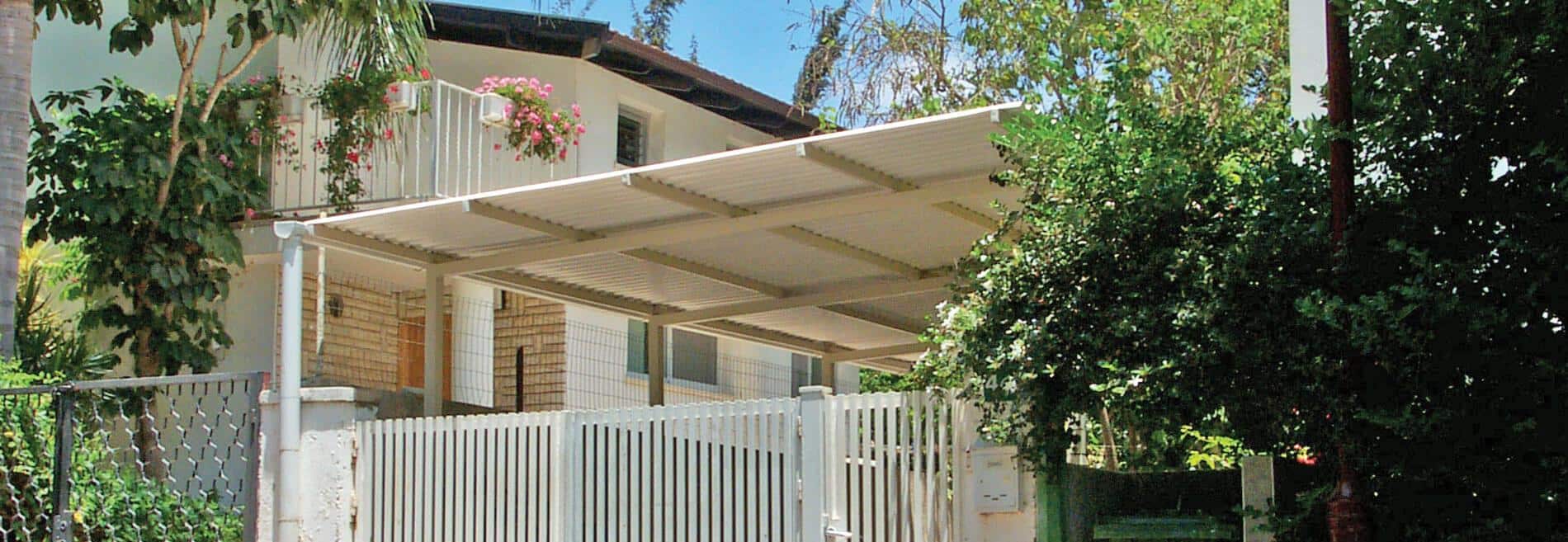
Furthermore, corrugated PVC sheets are highly versatile, making them suitable for various applications in home design. From roofing and wall cladding to fencing and interior partitions, this material can be used in multiple home areas, adding functionality and visual interest. Its lightweight nature makes it easy to install and maintain, saving homeowners time and effort in the long run.
Overall, corrugated PVC sheets are a valuable addition to any home, offering practicality, aesthetic appeal, and versatility. By embracing this innovative material, homeowners can truly enhance the modernity and functionality of their living spaces, creating a comfortable and visually stunning environment to enjoy for years to come.
The Sustainability Factor
Sustainability is a crucial aspect of modern home design that cannot be ignored. As society becomes increasingly aware of the environmental impact of our actions, incorporating sustainable materials into home design has become a top priority. Innovative materials such as recycled materials, energy-efficient appliances, and low-emission building materials have gained popularity due to their ability to reduce the carbon footprint of homes.

Furthermore, using innovative materials in home design goes beyond sustainability and affects functionality and aesthetic appeal. From smart homes equipped with advanced technology to materials that enhance durability and performance, these innovations create efficient, comfortable, and visually stunning living spaces. By embracing modernity and integrating these materials into their designs, architects and homeowners alike can unlock endless possibilities for creating sustainable and visually impressive homes.
Incorporating Natural Light
Incorporating natural light is a key aspect of modern home design that has gained significant attention recently. Natural light brings warmth and a sense of openness to a space and offers numerous health benefits for its occupants. Designers are embracing innovative materials that maximise the entry and diffusion of natural light into homes, creating bright and inviting spaces that connect with the outdoors.
One of the most popular materials used to achieve this is glass. Large windows, glass walls, and skylights are all effective ways to let natural light flood a room and create a seamless connection between indoor and outdoor spaces. Additionally, designers are also using transom windows and light tubes to bring natural light to inner areas of a home, such as hallways and bathrooms, where traditional windows may not be feasible.
The incorporation of natural light is not just limited to the use of glass. Designers are exploring ways to introduce light through innovative materials such as light-transmitting concrete and sustainable building materials infused with fluorescent properties. These materials allow for the creating of unique designs that enhance natural light intake while maintaining energy efficiency and sustainability.
Incorporating natural light into home design goes beyond aesthetics; it promotes well-being and energy efficiency. By embracing innovative materials that maximise the entry of natural light, homeowners can create spaces that are visually appealing, environmentally friendly, and conducive to a healthy lifestyle.

